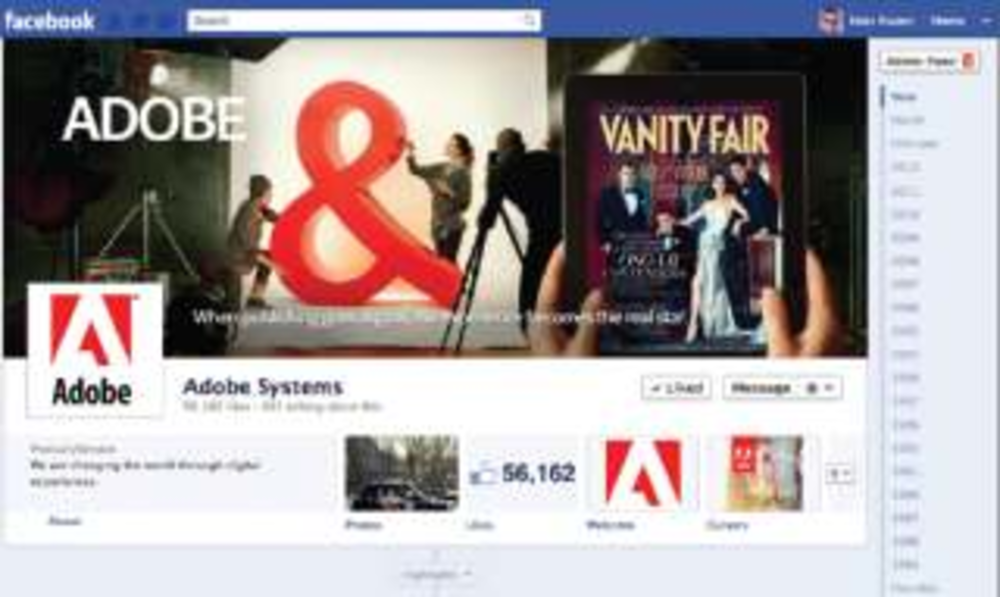Twitter and Facebook recently launched new looks and features that altered the way marketers promote their brands and engage with consumers. While the changes caught some marketers off guard, others are embracing them and getting creative with their social media strategies.
Last December, Twitter launched its brand pages program with 21 companies, including American Express and McDonald’s. Since then, Twitter has been gradually rolling over the new format to all companies.
On March 30, Facebook switched all company pages to its brand new Timeline format.
Both new platforms offer companies more real estate to display their brands through larger headers, more content and other features. Specifically, Twitter now allows companies to prominently display one Tweet by “pinning” it at the top of their timeline to highlight important messages, endorsements or videos without leaving Twitter’s site.
The new platforms enable real-time content publication. Instead of taking weeks or months to create an ad through an agency, companies can instantly publish content or use a follower’s endorsement.
Paul Marcum, director of General Electric Company’s (GE) global digital marketing and programming, says GE found ways to use the platforms that allows its target audience to bond over a love of science and technology. As a Twitter launch company, GE created a short video displaying 140 things GE has made over the years to coincide with Twitter’s 140 character limit.
“Regardless of what the tool is, as long as the brand finds its voice, rhythm, audience and community — that’s what we think it’s all about,” Marcum says.
George Hayes, social and digital media manager for Kia (also a Twitter launch company) says Kia is always looking for ways to improve their dialogue with consumers, and he thought Twitter’s platform was a good way of doing that. The car manufacturer pinned a Tweet with commercials touting Kia as the official car for the National Basketball Association (NBA).
However, Hayes admits learning and evaluating the most effective ways to use the platforms takes time. For instance, the ability to create content faster means companies have to carefully evaluate their social strategy to decide what will be displayed and why. Similarly, having more real estate to work with means companies have to carefully but quickly think about which images, videos or Tweets will be displayed, says Matt Rozen, Adobe‘s group manager for the corporate social media team.
When social media sites initiate changes, brands must acclimate to new functions. For instance, the large banner image characteristic of Facebook’s Timeline layout altered familiar features. Brands can no longer have a URL or “like” button on the larger header. Gating tactics, such as barring users from seeing a page prior to “liking” it, has also been discontinued.
Furthermore, increased content on Twitter and Facebook pages means users may forego a company website in lieu of social media pages, emphasizing the importance of having a mature social media presence.
Ultimately, despite the risks, the Facebook Timeline and new Twitter features present significant opportunity. Rozen says the Facebook Timeline offers the opportunity to provide more photos and information about Adobe.
“The old Facebook Timeline felt more static, while the new Timeline encourages people to actually go through a company’s Timeline,” Rozen says, adding how this provides more opportunities to engage users beyond posting, commenting and sharing.
“I think the next wave is around gamefication.” Rozen says.








